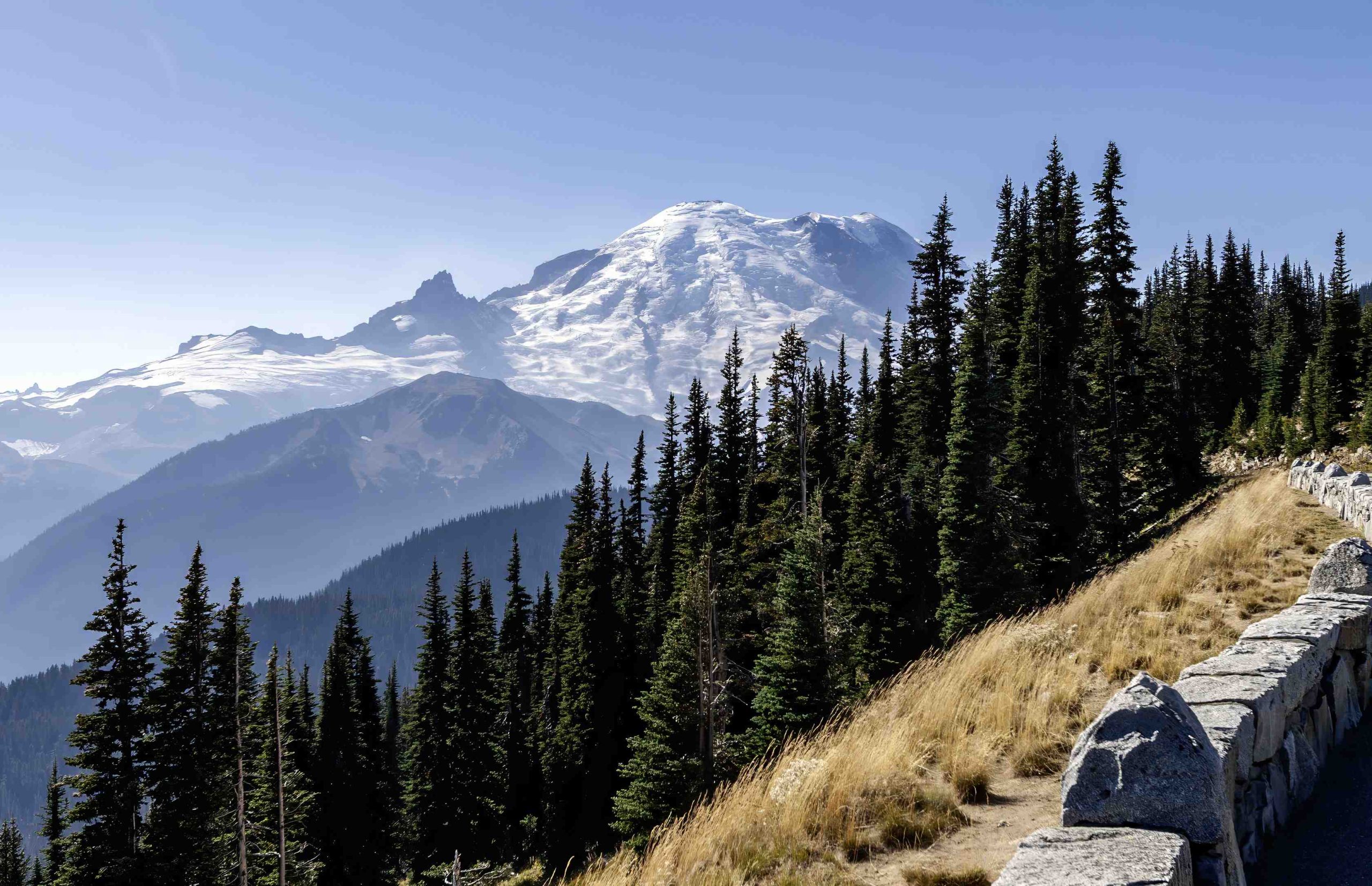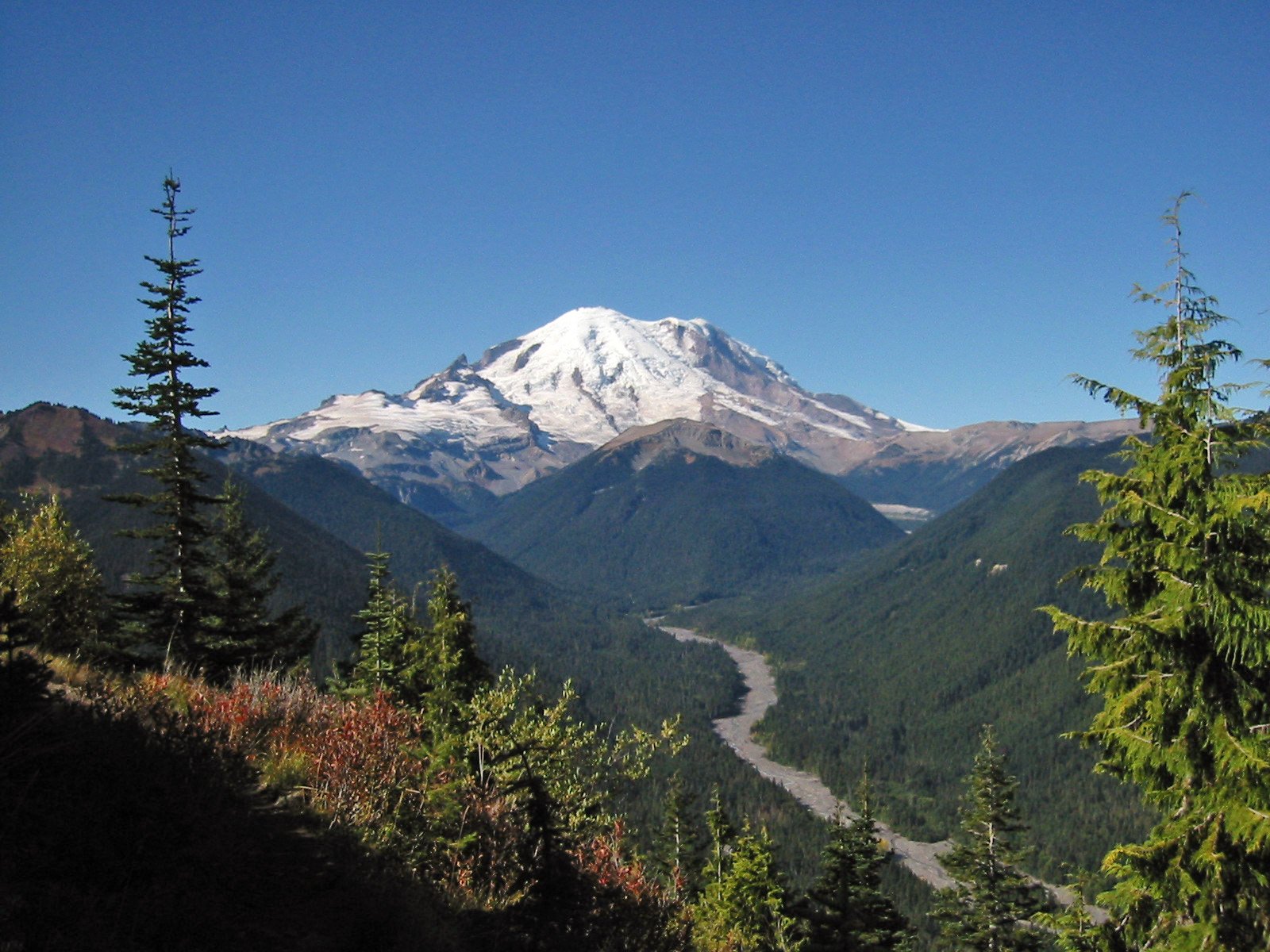Mount Rainier star gazing offers a breathtaking experience for astronomy enthusiasts and nature lovers alike. The park’s high elevation, clear skies, and minimal light pollution create ideal conditions for observing celestial bodies. Visitors can enjoy stunning views of the Milky Way, constellations, and occasional meteor showers against the backdrop of the majestic Mount Rainier. The Sunrise area, located at 6,400 feet elevation, is particularly popular for stargazing due to its accessibility and panoramic vistas.
What Makes Mount Rainier Ideal for Star Gazing?

Mount Rainier National Park provides exceptional stargazing opportunities due to several factors:
- High elevation: The park’s altitude reduces atmospheric interference.
- Minimal light pollution: Distance from urban areas ensures darker skies.
- Clear weather: Summer months often offer ideal viewing conditions.
- Diverse landscapes: Various locations cater to different preferences and skill levels.
Where Are the Best Spots for Mount Rainier Star Gazing?

Sunrise Area
The Sunrise area is a prime location for Mount Rainier star gazing, offering:
- Elevation: 6,400 feet
- Accessibility: Paved roads and parking lots (open July to October)
- Amenities: Restrooms and visitor facilities
Specific Locations:
- Sunrise Parking Lot
- Ample space
- Close to restrooms
-
Wear high-visibility gear for safety
-
Sunrise Point
- Less light pollution
- Easy parking access
-
Restrooms a short drive away
-
Sourdough Ridge and Silver Forest Trails
- Hiking required
- Spectacular views
- Be prepared for nighttime wildlife activity
When Is the Best Time for Mount Rainier Star Gazing?
To maximize your star gazing experience at Mount Rainier, consider:
- Clear Skies: Check weather forecasts before planning your trip
- Moon Phases: New moon periods offer the darkest skies
- Seasonal Timing: Summer months (July-October) when Sunrise Road is open
What Equipment Do I Need for Mount Rainier Star Gazing?
Essential gear for a successful stargazing adventure includes:
- Red Light
- Preserves night vision
-
DIY option: Wrap red cellophane around a flashlight
-
Warm Clothing
- Multiple layers
-
Temperatures drop significantly at night
-
Hiking Gear (if exploring trails)
- Headlamp
- 10 essentials kit
- Plenty of water
How Can I Stay Safe While Star Gazing at Mount Rainier?
Safety should be a top priority during your Mount Rainier star gazing experience:
- Limit Light Use
- Avoid flashlights and vehicle lights
-
Use red lights to preserve night vision
-
Stay on Designated Paths
- Protect subalpine meadows
-
Use trails, sidewalks, or parking areas
-
Be Wildlife Aware
- Large animals may be active at night
- Make noise to avoid surprising wildlife
What Weather Conditions Should I Expect for Star Gazing?
Understanding the weather patterns at Mount Rainier is crucial for planning your stargazing trip:
| Season | Average Cloud Cover | Visibility | Temperature |
|---|---|---|---|
| Summer | Low | Excellent | Cool |
| Fall | Moderate | Good | Cold |
| Winter | High | Poor | Very Cold |
| Spring | Moderate to High | Fair | Cold |
Are There Guided Star Gazing Programs at Mount Rainier?
Currently, Mount Rainier National Park does not offer specific scheduled stargazing programs. However, the park provides:
- General information on stargazing
- Guidelines for self-guided experiences
- Ranger-led programs on various topics (check park schedule)
What Are the Costs Associated with Mount Rainier Star Gazing?
Stargazing at Mount Rainier is an affordable activity:
- Park Entrance Fee: Required (varies by vehicle type and duration)
- Stargazing: No additional fee
- Overnight Stays: Wilderness permit required for backpacking trips
How Do I Get to the Star Gazing Locations at Mount Rainier?
Transportation options for reaching Mount Rainier’s stargazing spots include:
- Personal Vehicle
- Most convenient option
-
Sunrise area accessible via White River/Sunrise Entrance
-
Shuttle Services
- Limited availability
-
Check park website for current options
-
Guided Tours
- Some private companies offer stargazing tours
- May include transportation from nearby cities
Do I Need Permits or Reservations for Mount Rainier Star Gazing?
For most stargazing activities at Mount Rainier, you don’t need special permits. However:
- Day Use: No specific permit required
- Overnight Backpacking: Wilderness permit necessary (apply online)
- Parking: No reservations needed, but arrive early for best spots
What Additional Tips Can Enhance My Mount Rainier Star Gazing Experience?
To make the most of your Mount Rainier star gazing adventure:
- Download a star map or astronomy app
- Bring binoculars or a telescope for detailed viewing
- Allow 20-30 minutes for your eyes to adjust to darkness
- Consider joining an astronomy club for group events
- Check for special celestial events coinciding with your visit
By following these guidelines and tips, you’ll be well-prepared for an unforgettable star gazing experience at Mount Rainier National Park. The combination of dark skies, high elevation, and stunning natural beauty makes this location a premier destination for astronomy enthusiasts and nature lovers alike.

